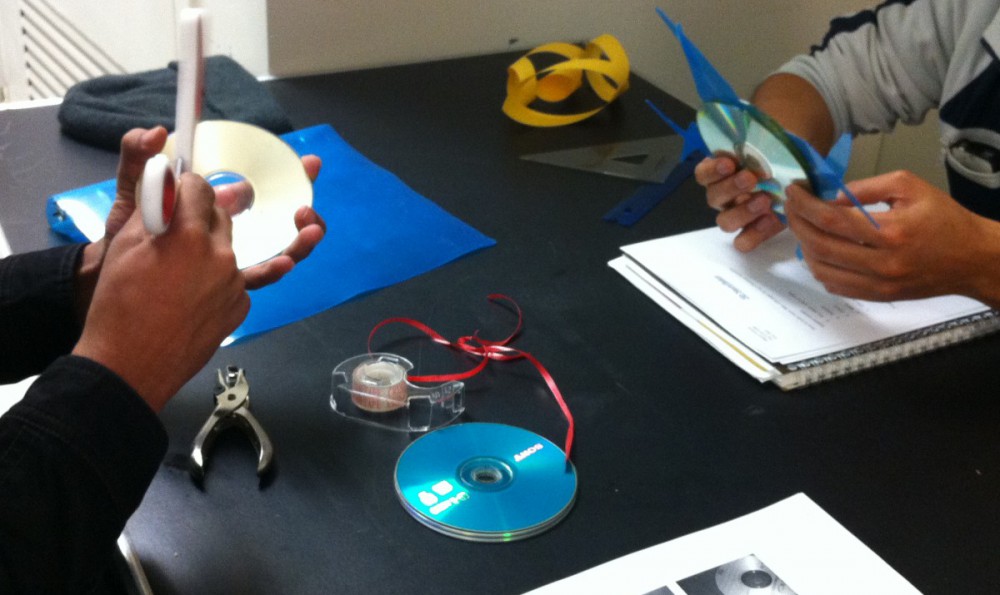We had some good conversation in class today about strategies for summarizing effectively. Thank you all for sharing your summaries and writing with the class and for asking important questions.
Here are some of the things we discussed about summary (as well as a few new additions). Please take some time to review them before next Wednesday’s class, and use them going forward.
I also encourage you to continue the conversation by posting comments to this post (just hit “reply”) with further strategies (I’d love to hear your thoughts) and questions about summarizing. I’ll be checking in on this discussion over the next few days and am happy to continue this conversation online here to help you become more comfortable with the summarizing work we have done (and will continue to do) this semester.
-The length of the summary will vary depending on the length of the text you are summarizing, but in general, summaries for a short article should be one paragraph that are each neither too undeveloped (e.g., 1-2 sentences) or too over-developed (e.g., 12-15 sentences).
-Since you only have a short space to convey the main points of the article, you should get right into the text’s thesis right away (remember, the thesis is not the general subject–such as technology–but a particular author’s argument about a particular topic or idea). While it may be useful/desirable in other types of writing (creative writing, more informal writing) to start with generalizations and/or questions in order to engage your reader or ease into the topic, in a summary paragraph you want to immediately and clearly state the author and title of the text and the text’s thesis. Doing so in the first sentence of your summary will help you to focus your attention on the task at hand: summarizing the text’s ideas (not bringing in your own ideas and opinions). Remember, a large part of writing effectively and successfully is to consider your purpose and your audience. In this case, your purpose is to convey information, in as straightforward a manner as possible, to readers about the content of a text (what the text says). You are not asked to respond to that content, or evaluate it. You don’t have to worry about grabbing your reader’s attention. Your primary goal is to summarize a text.
-You should only include discussion of the main point (thesis) and essential supporting points of the text. You will not be able to mention every detail or example the author uses. Use active reading to help you identify key words, identify the author’s claims, and locate important supporting points.
–Summaries should be concise (which means to-the-point) and clear, correct, accurate, and accessible. You only have a short space to convey a lot of information (a pretty difficult task!), so every word you write is precious. If a word or sentence doesn’t help to summarize the text’s main points, then it doesn’t have a place in your summary. Instead of spending time repeating ideas, discussing something generally, or beating around the bush, be direct and clear. State the author’s main ideas and stay grounded in the particulars of the text itself.
-Summaries should be written in the third person (she, he, it, her, him, its, they, them, their), not the first person (I, we, my, our, us, me) or second person (you, yours, yours).
–You should not include your own experiences, opinions, ideas, interpretation, analysis, bias, etc. You are not writing a subjective response or giving your point of view/response to the text. Remember that, when writing a summary of a text, your task is to concisely and accurately state the text’s thesis and supporting points. Therefore, your focus should be on an objective discussion of the main ideas of the text you read. Writing in the third person will help you to maintain this objective stance.
-In your summary (and all essays), write about the text in the present tense. Even though the author wrote the article in the past, you still discuss it, always, in the present tense. Some examples are: writes, states, claims, argues, examines, discusses.
You may use quotations from the text, but these quotes should be used sparingly, be short, and be relevant to the point you are discussing. Remember if you use the exact words from the text, you must indicate this by using quotation marks (” “) around the word and to provide a citation for that quote. We’ll discuss citation in greater detail this semester, but for now, remember that we using MLA (Modern Language Association) style. For MLA citations, simply provide the page number in parentheses after the quote. E.g., “Somerville officials hope to create a well-being index that they can track over time” (3).
(When you are discussing more than one text, you will also need to include the author’s last name in the parenthesis, but for this summary, which only is on one article, you can simply provide the page number.)
As always, I’m happy to discuss summarizing with you in more detail during my office hours, so stop by then if you’d like some individualized feedback on your summaries.



